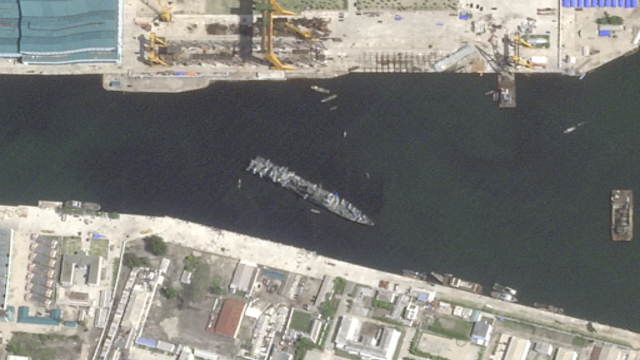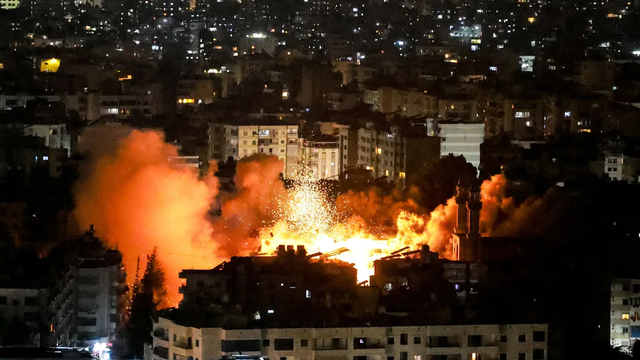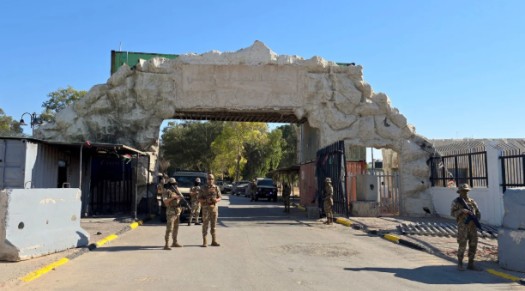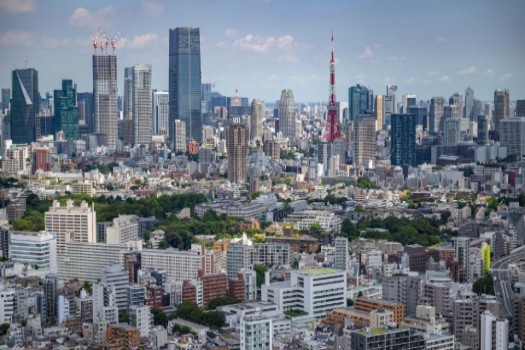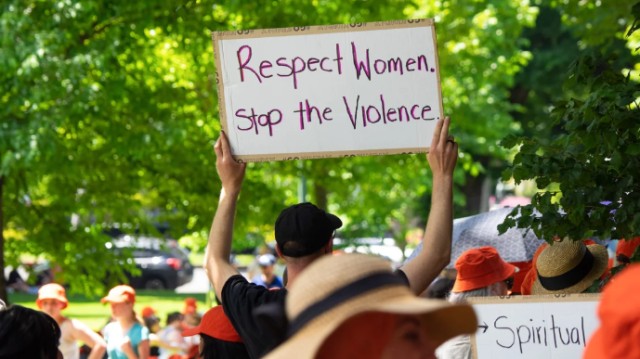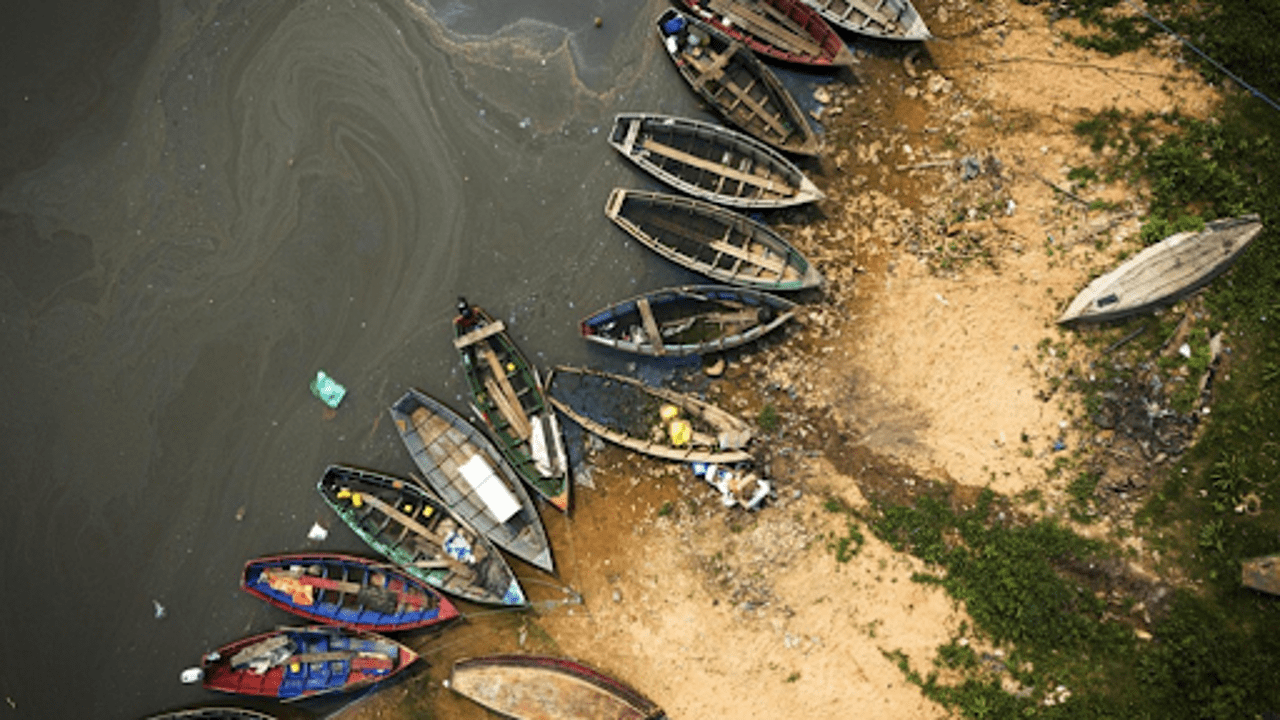
On Monday, September 9, 2024, fishing boats were stranded along the shore of the Paraguay River in Mariano Roque Alonso, Paraguay. Due to an ongoing drought, the river's water levels have dropped to a record low, as confirmed by Paraguay's Meteorology and Hydrology Office. AP Photo
A severe drought in the Amazon Rainforest has caused water levels on the Paraguay River to plummet to a historic low, disrupting trade and transportation and raising concerns about the global impact of climate change. On Monday, Paraguay's Department of Meteorology and Hydrology reported that the river’s water levels dropped 89 centimeters (35 inches) below the benchmark at the Asunción port, marking the lowest point in 120 years.
This drastic decrease follows a similar low recorded three years ago in 2021, signaling the increasing frequency and intensity of droughts. The Amazon River, known as the world's largest river by volume, and its tributary, the Madeira River, have also registered new low-water records in the city of Tabatinga, Brazil.
The consequences of the drought are being felt most acutely in Paraguay, a landlocked country heavily reliant on the Paraguay River for 80% of its international trade. The lower water levels have brought commercial activity to a near standstill, halting the transportation of crucial agricultural products like corn, grain, and soybeans.
On Monday, September 9, 2024, in Mariano Roque Alonso, Paraguay, a man was fishing by the shore of the Paraguay River, while a tugboat moved a barge through the shallow waters, affected by the ongoing drought. AP Photo
The fishing industry has also been hit hard. The head of Paraguay's fishing union reported that 1,600 fishermen have lost their livelihoods due to the lack of navigable water. On Monday, dozens of boats, normally active on the river, were grounded on dry sandbanks. "I have no way out," lamented Fermín Giménez, a sailor whose small barge became stranded as the river dried up beneath him. "It's a disaster."
The Paraguay-Paraná waterway, spanning 3,400 kilometres (2,110 miles) through Argentina, Brazil, Uruguay, Paraguay, and Bolivia, is a critical route for agricultural exports and other trade goods. However, with more than half of the river's shipping capacity now halted, supply chains across the region are suffering. Brazil’s iron ore exports and Bolivia’s fuel imports have faced significant delays, forcing Bolivia to reroute shipments by slower overland routes. Paraguay, which generates electricity using the river, may also experience power shortages if the drought persists, warned Raúl Valdez, president of Paraguay’s Center of River and Maritime Shipowners.
On Monday, September 9, 2024, a tugboat moved a lightly loaded barge across the Paraguay River in Mariano R. Alonso, Paraguay. The river's water levels have reached a record low due to the ongoing drought, as reported by Paraguay's Meteorology and Hydrology Office. AP Photo
Valdez expressed concern over the lack of rainfall in the forecast, predicting potential losses in the hundreds of millions of dollars. “Our main question is, will this now be a new pattern? No one is expecting a quick recovery,” he stated, reflecting a grim outlook for the region.
Experts are linking the situation in the Paraguay River to a broader global trend. Rivers from the Colorado in the U.S. to the Loire in France are drying up due to a combination of climate change, population growth, deforestation, poor governance, and inefficient irrigation. Rachael McDonnell, deputy director-general for research at the International Water Management Institute, explained that these factors are creating more frequent, intense, and prolonged droughts. She pointed out that this trend is making it harder for communities and ecosystems to recover.
On Monday, September 9, 2024, a tugboat guided a barge beneath the Remanso Bridge on the Paraguay River in Mariano R. Alonso, Paraguay. The river's water levels have fallen to an all-time low due to the ongoing drought, according to Paraguay's Meteorology and Hydrology Office. AP Photo
As Brazil continues to suffer through its worst drought in over 70 years, the impact is not limited to the waterways. Wildfires have broken out across the region, including in Paraguay’s northeastern forests near the Brazilian border. The air has filled with acrid smoke, and Bolivia has declared a national emergency in response to the spreading fires.




